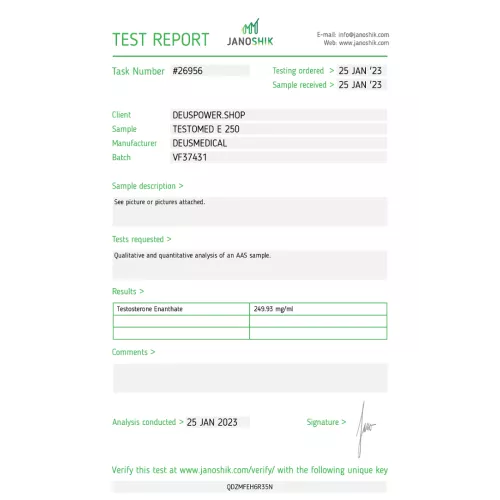15 Jan


Androgens and Fat Loss: A Comprehensive Understanding
Androgens, commonly associated with male traits and reproductive activity, play a multifaceted role beyond just interacting with the androgen receptor (AR). They also engage with a variety of other receptors, including the glucocorticoid receptor (GR). In adipose tissue, or body fat, androgens have a lipolytic effect, meaning they help break down fat in cells. This effect is partially achieved through the regulation of beta-adrenergic receptors and modulation of overall cellular activity, involving pathways like adenylate cyclase.
One key aspect of androgens in fat loss is that increased activation of the AR leads to reduced lipid uptake by fat cells. It has been found that androgens, which bind avidly to the AR, can upregulate ARs in adipocytes (fat cells). Therefore, the higher the affinity an androgen has for the AR, the greater the increase in ARs in adipocytes, which translates to a significant reduction in subcutaneous adipose tissue.
But what other mechanisms might account for the fat-reducing effects observed with steroids that strongly bind to the AR? These steroids can decrease the activity of lipoprotein lipase (LPL), an enzyme involved in transporting fats into adipocytes. They may also reduce the activity of fatty acid synthase, among other enzymes.
Some androgens can interact with the GR, as depicted in the referenced image. This interaction could be another mechanism behind their ability to induce fat loss. The mechanism involves cortisol's binding to the GR, which can increase LPL activity. This is counterproductive for fat loss, as LPL facilitates fat accumulation. Thus, certain androgens may prevent lipid accumulation through this pathway.
Lastly, it's noteworthy that androgenic steroids can increase catecholamine levels, which directly influences fat mobilization and burning. This is due to their interaction with beta-adrenergic receptors. These complex interactions and multiple pathways highlight the significant role androgens and androgenic steroids play in regulating body fat and underscore their potential in strategies aimed at fat reduction.


